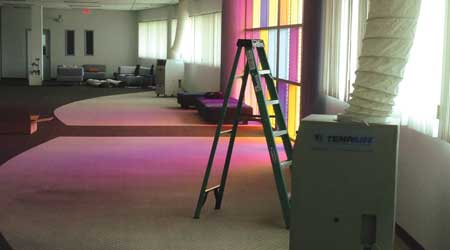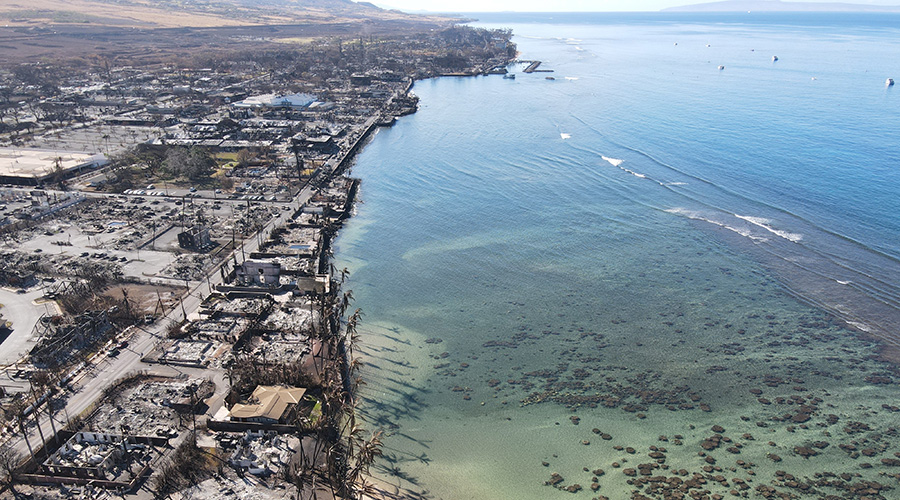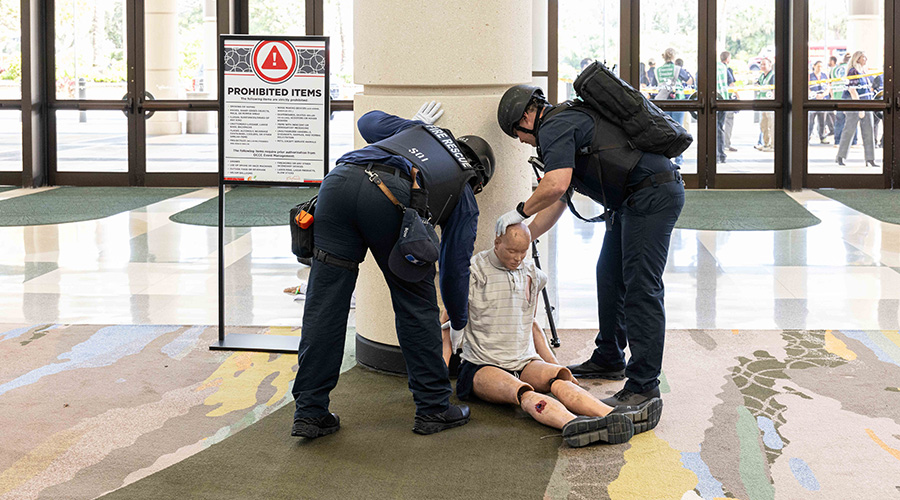Power, Capacity Important for Portable Cooling Measurements
Part 3 of a 5-part article on portable cooling
Determining the capacity of a temporary cooling system is only one factor managers must consider in selecting the most appropriate unit for their facilities’ needs. They also need to examine power availability, including current and voltage. If adequate power is not available, a dedicated circuit would have to be installed, and it is far better to run that circuit before the outage occurs.
Another factor managers need to consider ahead of time is the location of the temporary unit. Managers can locate smaller units — typically those 10 tons or less in capacity — practically anywhere. Many come on wheels, can roll to the needed location, and fit easily through doorways. Heat from these units can move through a flexible duct to a window or nearby unoccupied space. As long as adequate power is available close by, technicians can quickly install these units when needed.
Larger units require more consideration. These units typically are trailer mounted and must be positioned close to the area requiring cooling while remaining outside of the facility due to weight and size limits. The units can be fully self-contained, with flexible ducts that supply the cooling air to the required spaces, or split systems with a separate cooling coil and circulation fan installed within the conditioned space. Most are air-cooled systems.
Still larger units that generate chilled water can be connected through temporary piping to the building’s chilled-water distribution system. These units can be either air-cooled or water-cooled through built-in cooling towers and can generate a significant amount of noise, particularly if powered by an accompanying generator.
Managers also need to ensure in advance that connections are available to the building’s chilled water system, such as blanked off piping connections outside of the building, to allow the units to serve as temporary cooling systems. These connections allow technicians to rapidly connect the temporary cooling system to the existing distribution system.
Related Topics:















